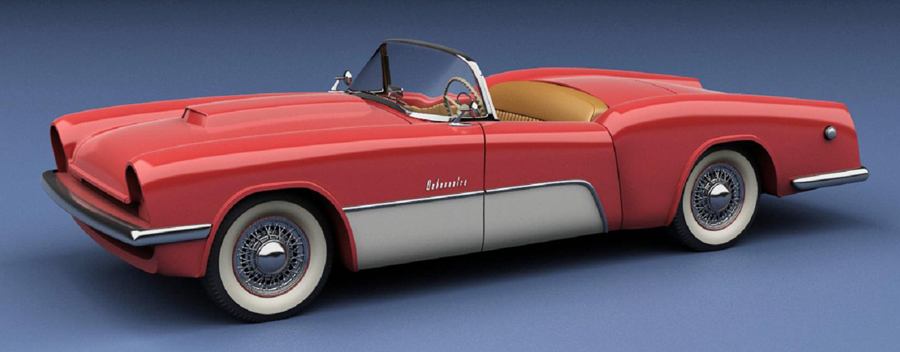
Above: Work Continues on Paul Sable’s 1955 Debonnaire – Designed by Phillip Egan
Hi Gang…
I’ll be showing progress soon on the restoration of Paul Sable’s 1955 Debonnaire, so I think it makes sense to share the history of this car and the marque as I did so in September, 2018 for Reincarnation Magazine. The full article appears below with images, and those of you who wish to review the original article on Reincarnation Magazine can click on the following link:
The 1955 Debonnaire – A Tucker Designer’s Venture Creating a New American Sports Car
Photos courtesy of Steve Cowdin and Jeremy Krock
Many of the fiberglass sports cars of the 1950s were designed by individuals who later became established names in their field. Hugh Jorgensen who designed the Victress S1A (along with Doc-Boyce Smith), is one such designer who went on to Detroit and made his career in styling. Noel Bangert, who designed three of his own cars, went on to Hollywood where he initially became a talent scout. Later as Noel’s career evolved, he brought forth movies as an executive producer such as The Exorcist under the name Noel Marshall.
Another designer of the day, Phillip Egan, actually made a name for himself as part of the Tucker design team before moving to small-scale projects. After the Tucker Corporation dissolved, Egan worked on several other automotive projects in the ’50s, including those with Kaiser and Sears, where he proposed styling changes to the Allstate car. It was around that time that Egan began working with the Replac Corporation to build a sports car and a kit with one common design.
Replac was founded in 1946, immediately after World War II, by Valentine deOlloqui II. Valentine was in his late 20s at the time, and saw a postwar opportunity in plastics. People were hearing of this new wonder material and plastics were poised for worldwide expansion. Anyone remember The Graduate and the “one word” shared?)
In less than 10 years, deOlloqui had expanded his company into two locations: Cleveland, Ohio and White Sulphur Springs, West Virginia. His customer list was impressive, with Boeing, Bendix, Brush, Douglass Aircraft, General Electric and more as business contacts. At that time, fiberglass was the carbon fiber of its day, and Replac was one of the go-to companies for large industrial and technical jobs.
The Debonnaire
Replac was up to the job of constructing the Debonnaire, and they tooled up by building a wooden buck (most were made of mahogany) from which they took their molds of the finished shape. That’s remarkable by itself, since wooden bucks were more common in the production of alloy-bodied cars. The buck would be used to give the shape so that metal panels could be built. Often, manufacturing dies and other equipment would take their initial shape from the wooden buck — which many now view as an art piece by itself.
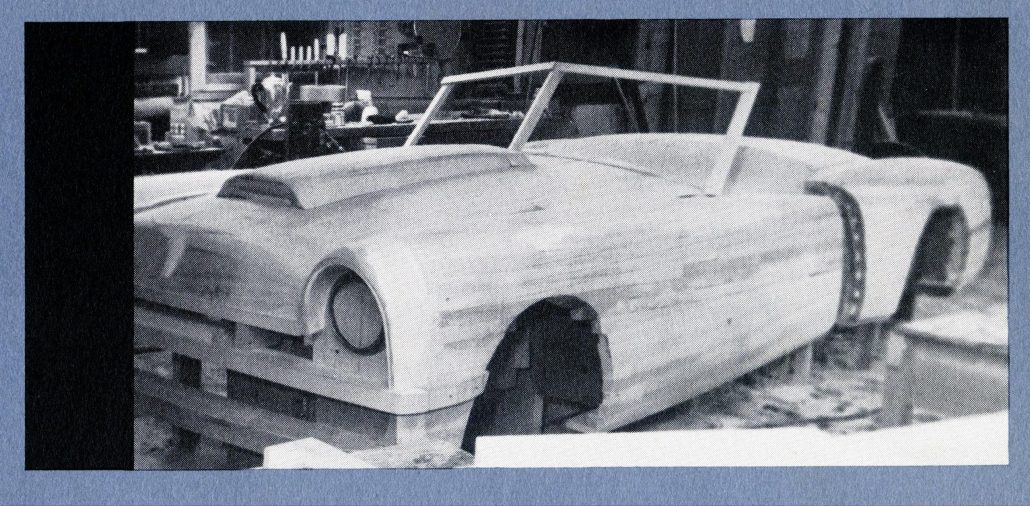
Philip Egan and Replac Built The Design Using Old School Methodology – Here’s a Photo of the Wooden Buck Built To Take The Molds From
The Debonnaire sports car debuted in the July 1955 issue of Motor Trend and projections were excellent. By the mid-1950s, several fiberglass sports cars were on the market, such as the Glasspar G2, Woodill Wildfire, Victress S1A, Allied and more. Typically these cars required that the owner build a custom frame with a 100-inch wheelbase, or buy a custom-built frame.
The Debonnaire was the same as other sports cars of the day, but different too — mostly its size. The Debonnaire was a two-passenger sports car with a 114-inch wheelbase that was designed to fit on an unmodified late 1940s to early 1950s Ford chassis. From today’s vantage point, this larger size generally moves the car from a sports car to an American boulevard cruiser category. However, in their original advertising, they refer to the Debonnaire as a sports car, and other large two-passenger cars contemporaneous to the Debonnaire were referred to as sports cars or sports customs too.
To more fully appreciate the design of the Debonnaire, we asked Dan Palatnik of Palatnik Enterprises based in Rio de Janeiro, Brazil to create a series of renderings on how the car could look if finished. Dan also shows the silhouette of the Debonnaire alongside the donor car — an early 1950s Ford, and one can appreciate Phillip Egan’s vision for the car. Below are some of these renderings by Dan Palatnik
The Venture
Phillip Egan and Replac wanted to cover all their bases, and quickly introduced the Venture after the completed Debonnaire. This was the same design, however the customer would construct the car themselves. The fact that the chassis did not need any modification was a big plus, and Replac believed it would help increase potential sales. Check out part of a brochure and letter below compliments from the Steve Cowdin Family Collection.
And things were looking even more interesting for Egan and Replac in 1955, when they began working with Sears to potentially release a version of the sports car. The deOlloqui family still retains memos outlining the business of selling sports cars produced by Replac and sold through Sears. Sadly the excitement would quickly end, as tragedy struck and the Replac company burned down as reported by Phillip Egan in 1994 (personal communication to Jeremey Krock) as follows:
“After the Motor Trend road test, the Debonnaire received little attention because of a brief life. After six were built, the Replac factory in Cleveland burned in 1956 destroying all of the wood and fiberglass master forms for the car. When this occurred, all production ceased and car production never restarted, leaving the production run at six cars.”
So what started out as an exciting 1950s American sports car, quickly ended, and little was heard about the company for decades. Recently, a few of the original six sports cars have shown up, and one of the unassembled Venture bodies. We were able to track down both the Egan and the deOlloqui families who have been helpful for filling in some of the missing information on these cars. And to add to the recently renewed excitement, our organization, Undiscovered Classics, is in the process of restoring one of our 1955 Debonnaire sports cars for debut at a future concours d’elegance. What fun that will be.
The car and its rebirth make us proud here at Undiscovered Classics. For those of you wanting to track the restoration process between now and the Debonnaire’s debut, watch this space for more information.
Summary:
The car we’re restoring is for good friend and car historian Paul Sable. It’s in the hands of the JR’s Speed Shop in Venice, Florida and work is progressing nicely. Dan Palatnik has created renderings of what the Debonnaire will look like once complete – a coral and white color combination which is very attractive.
So stay tuned gang. We’ll share more with you soon on the restoration progress and then we’ll gear up for its ultimate debut. Always busy down here at Undiscovered Classics.
Hope you enjoyed the story, and remember…
The adventure continues here at Undiscovered Classics.
Geoff

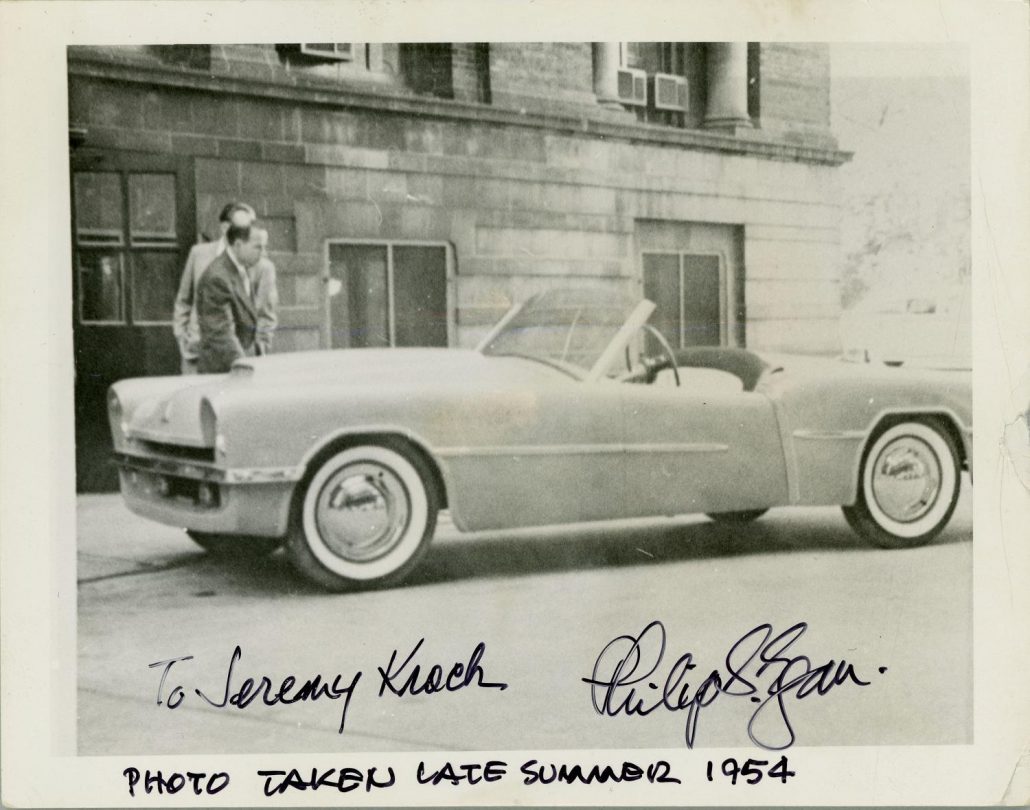
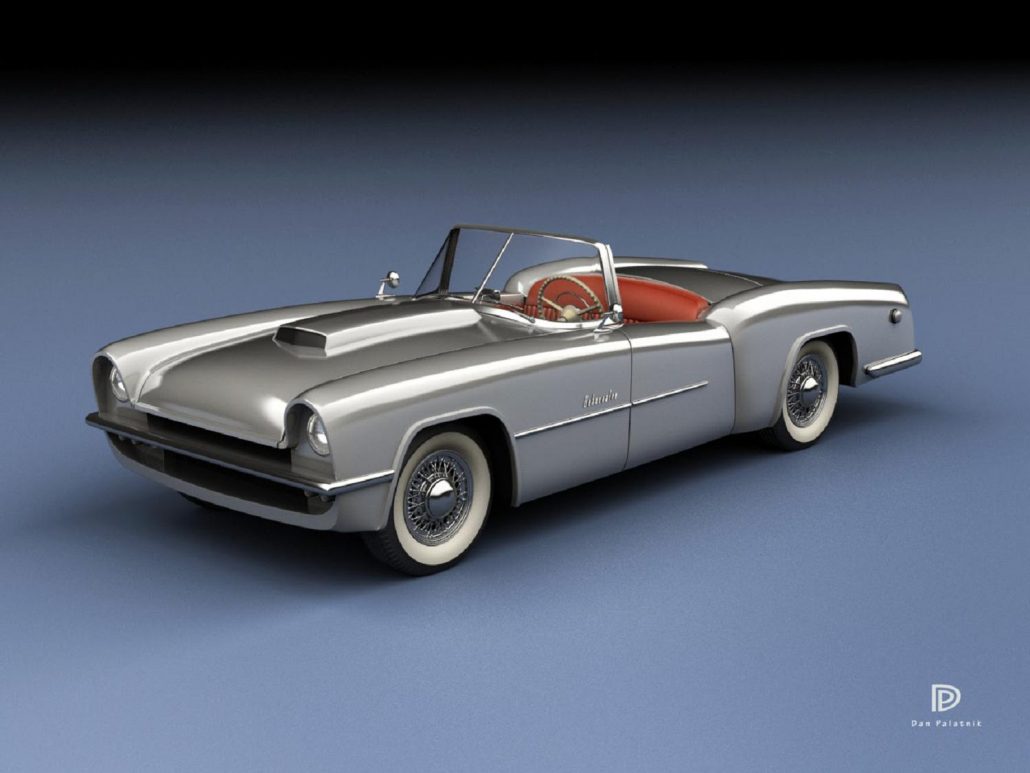
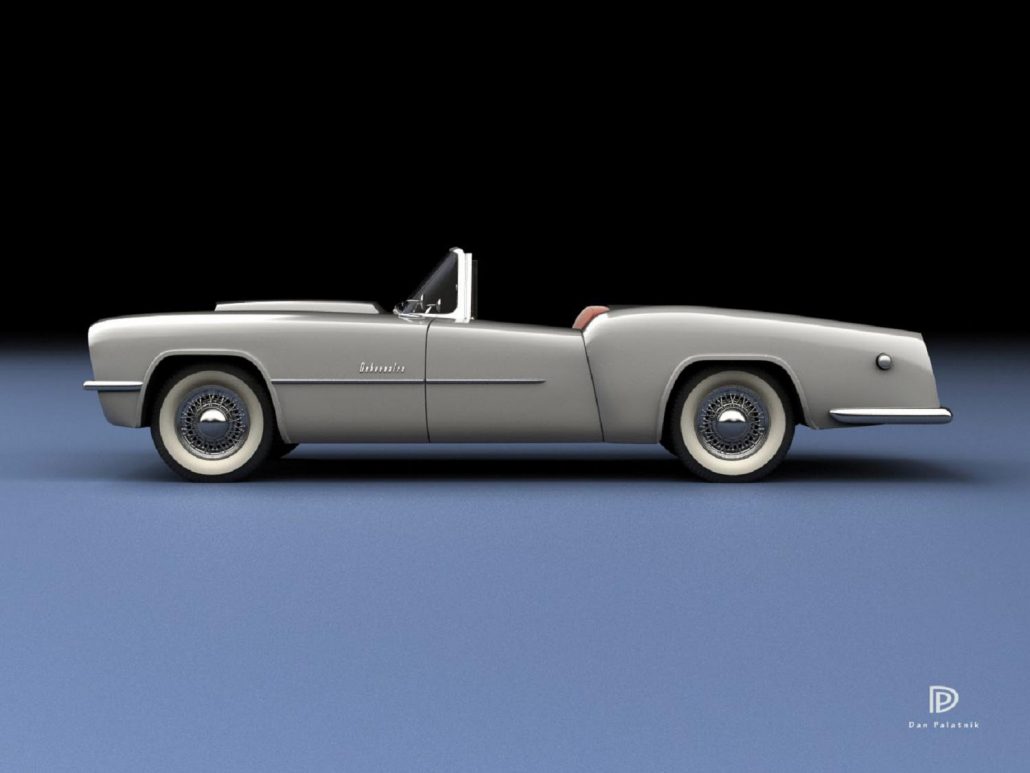
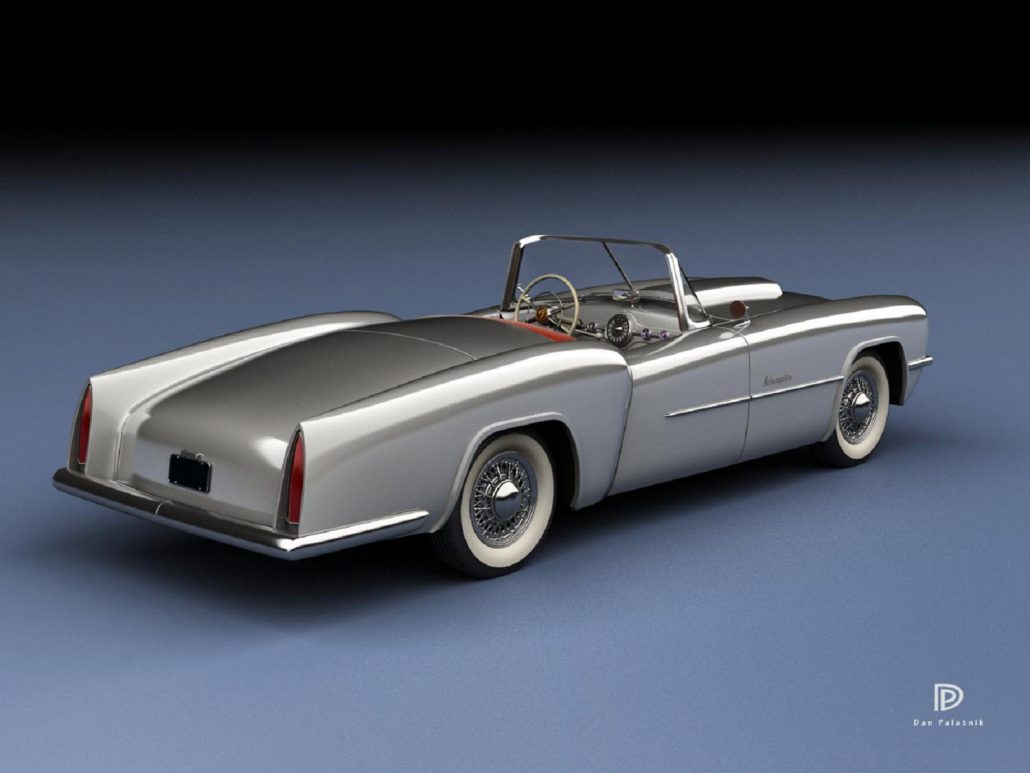
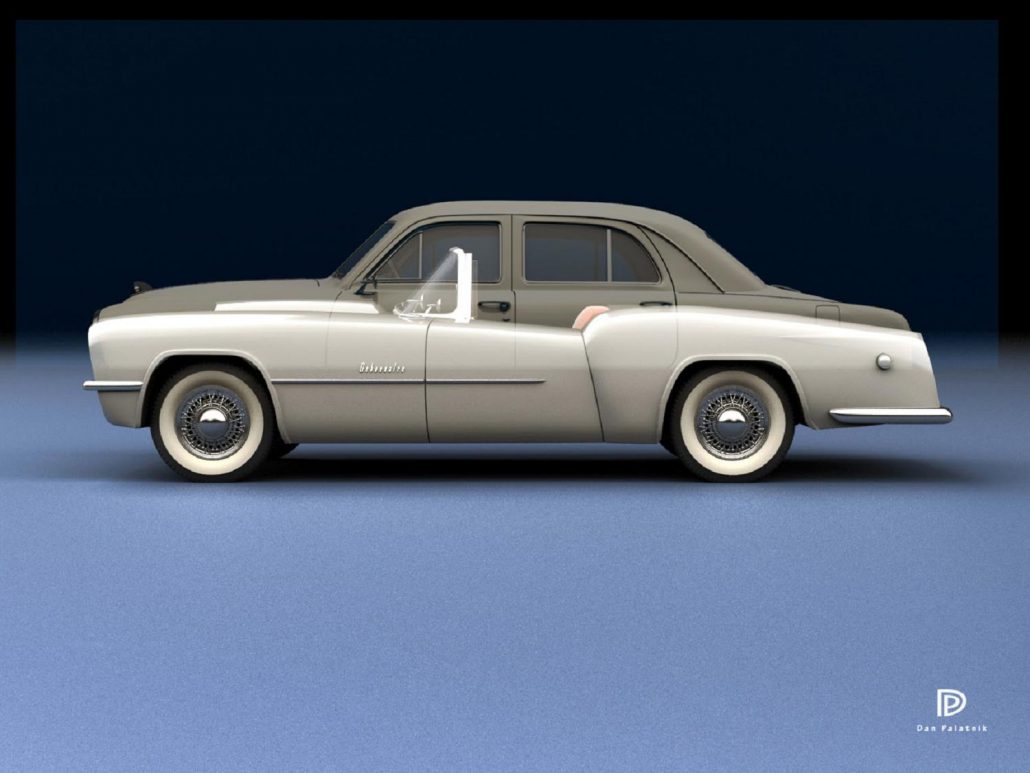

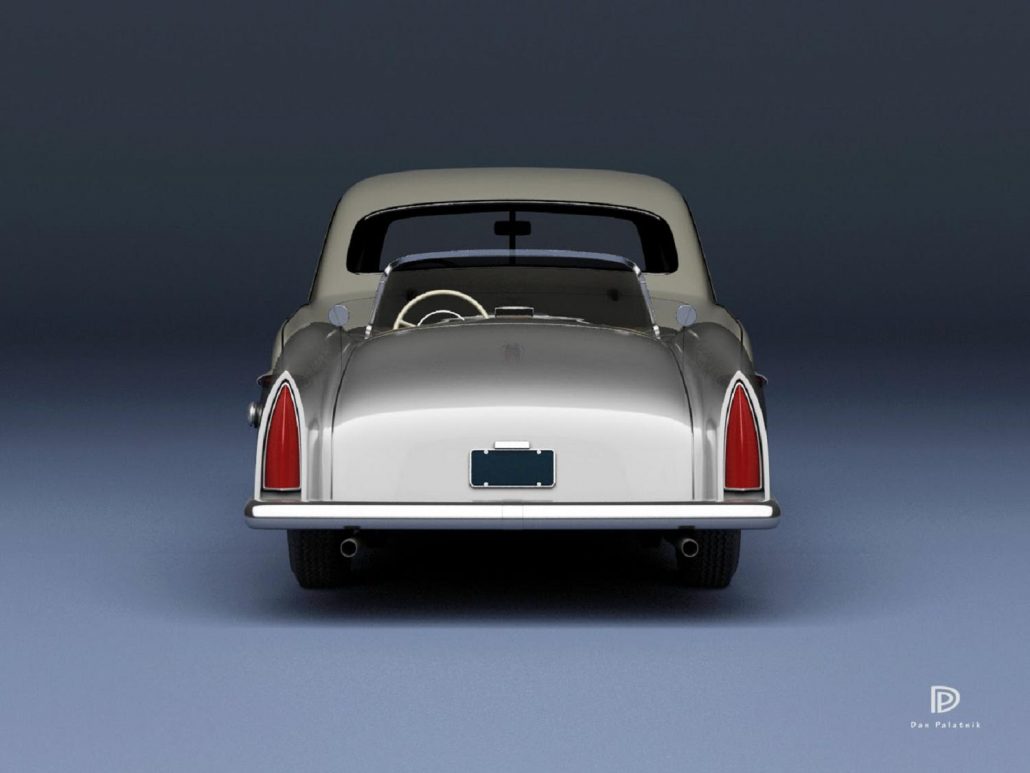

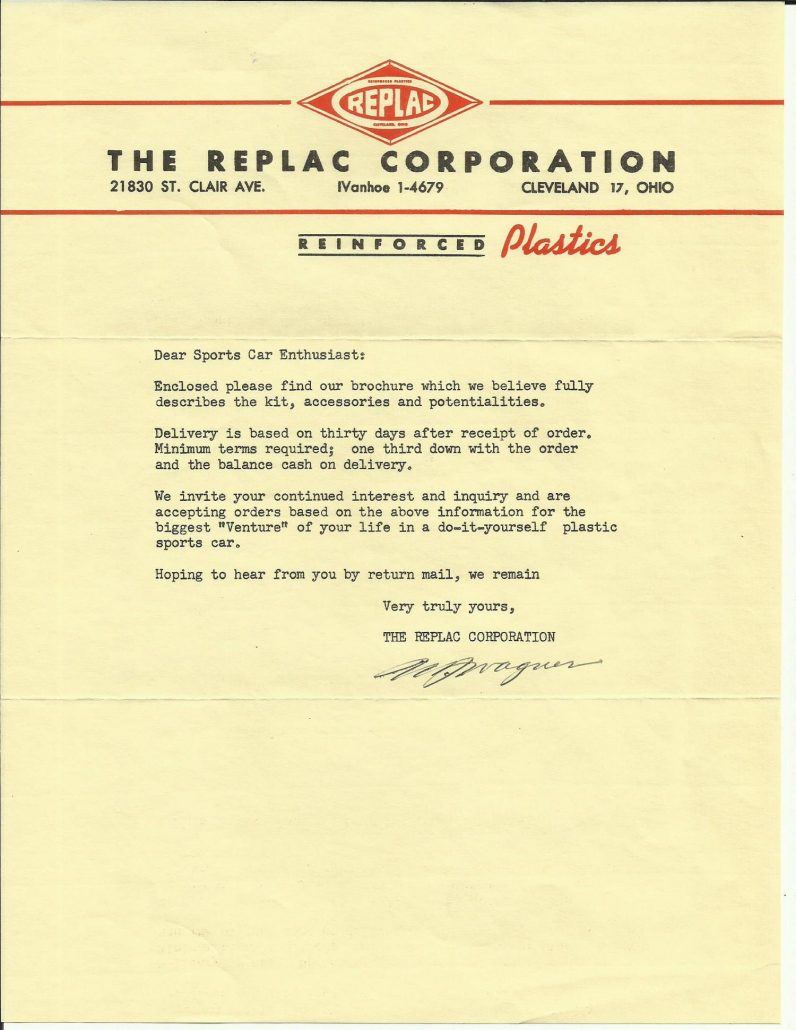
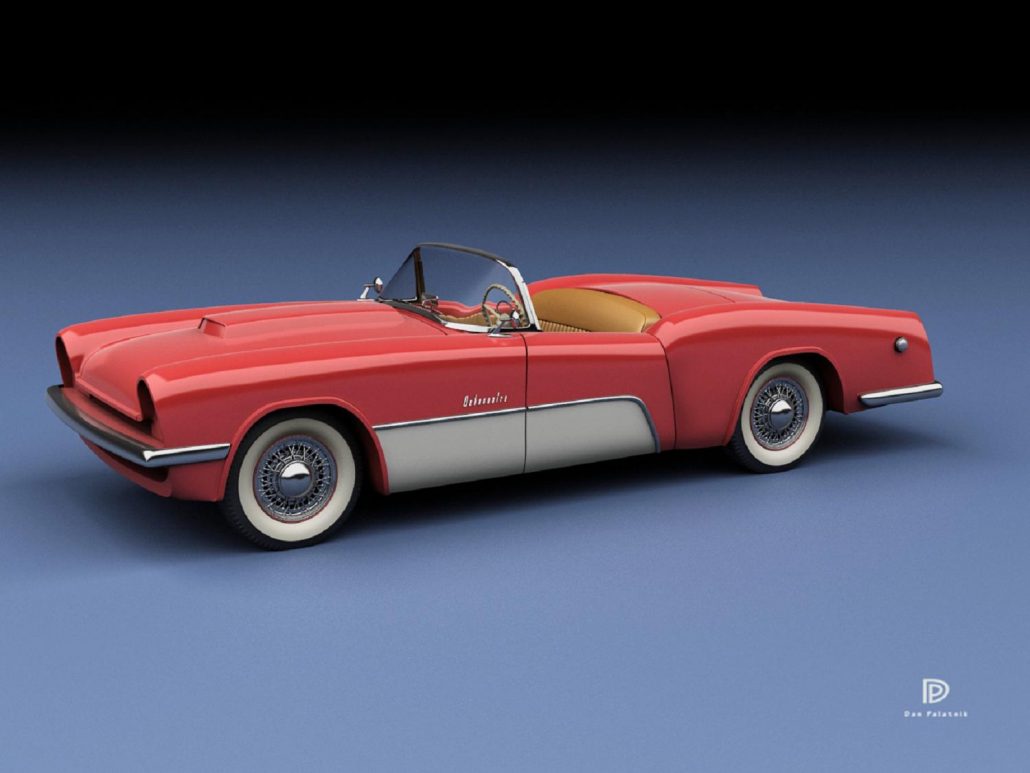
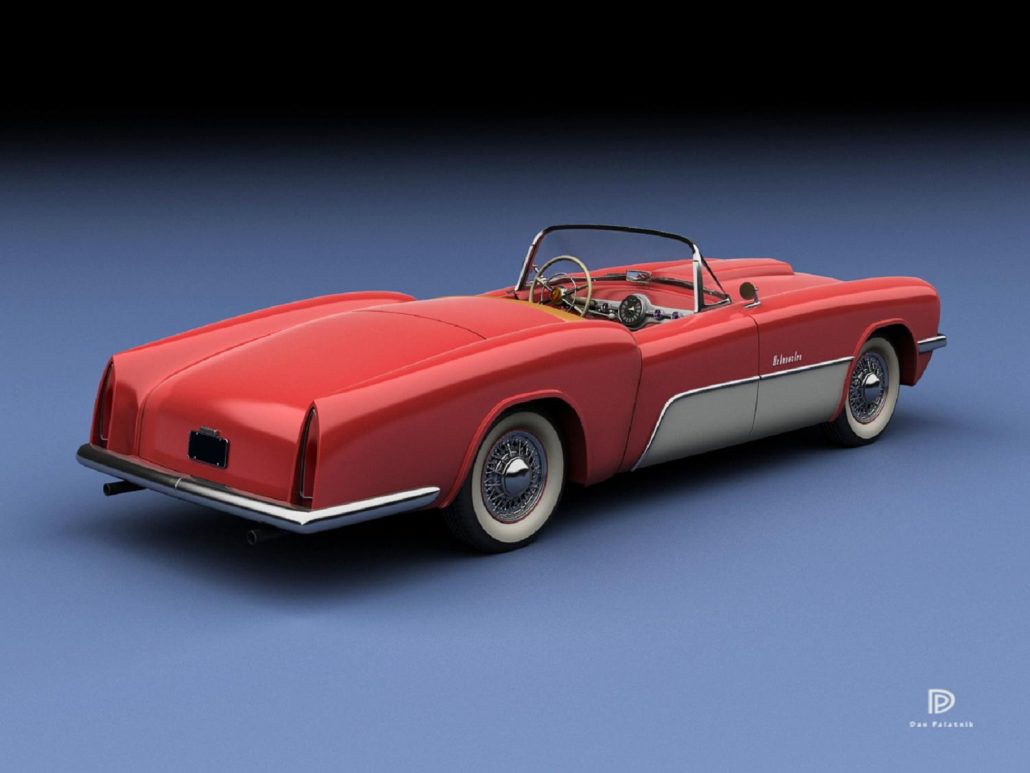
Yes, of course…help yourself!
Interesting car and article; thanks Geoff.
I’m really reminded of the Venus in the profile and rear lines of the Debonnaire.
Also, 114″ wheel base for Ford chassis, and that only 6 ended up being built.
An all too familiar ending for many of these customs.
Nice job, sir!!
@Patrick. Thanks for your kind words and glad you enjoyed the story. Can we host the Venus stories you have written as a series of articles on Undiscovered Classics? Each time I can put a link to your site but we can have double-coverage of the story you wrote in two locations. If this makes sense, e-mail me at Geoffrey.Hacker@Gmail.com and we can make it happen. I think it would be great. And…we’ll be doing renderings soon of the Venus via Dan Palatnik so stay tuned. Should be fun. Talk soon. Geoff
I was pleasantly surprised to see Paul Sables name in the headlines of this article, but not really because he seems to find the right cars. I’ve known Paul for years after selling him a 54 Nash-Healey coupe. He has collected many Dual Gaia’s, and Nash Healey over the years. I always look forward to seeing him at Hershey every year.